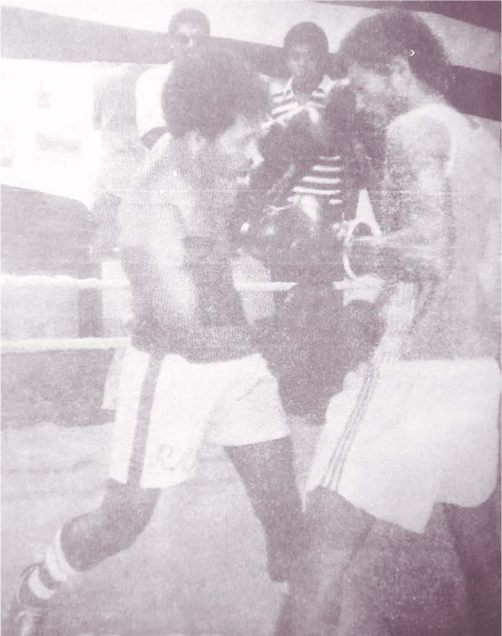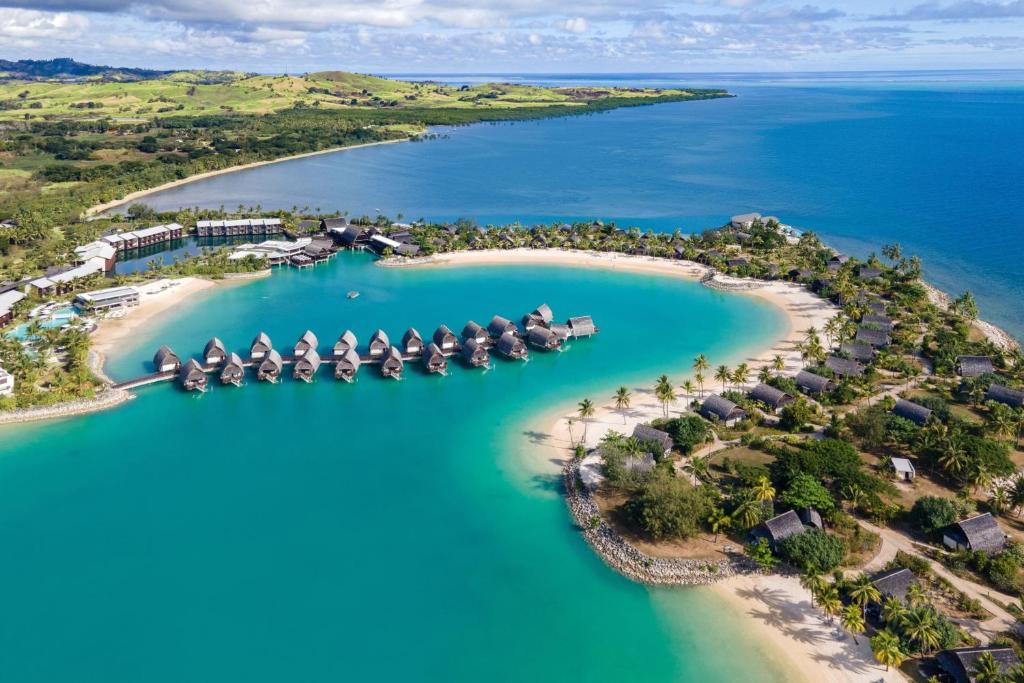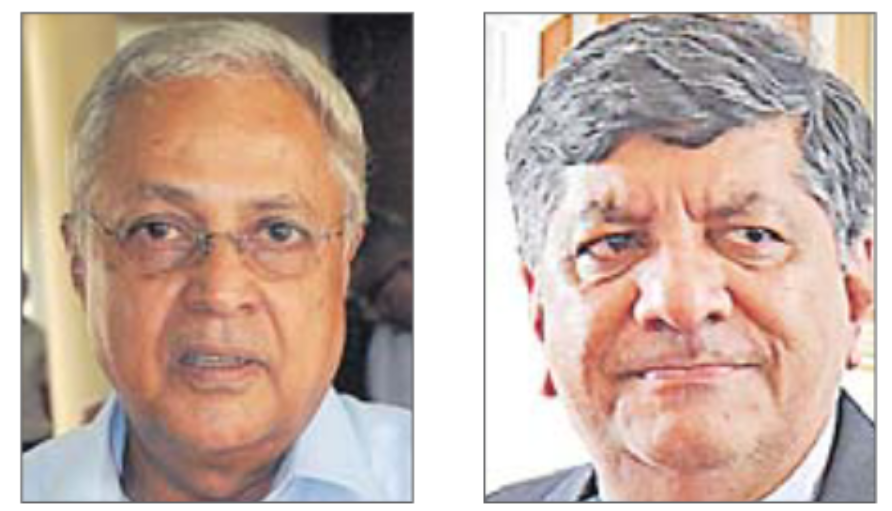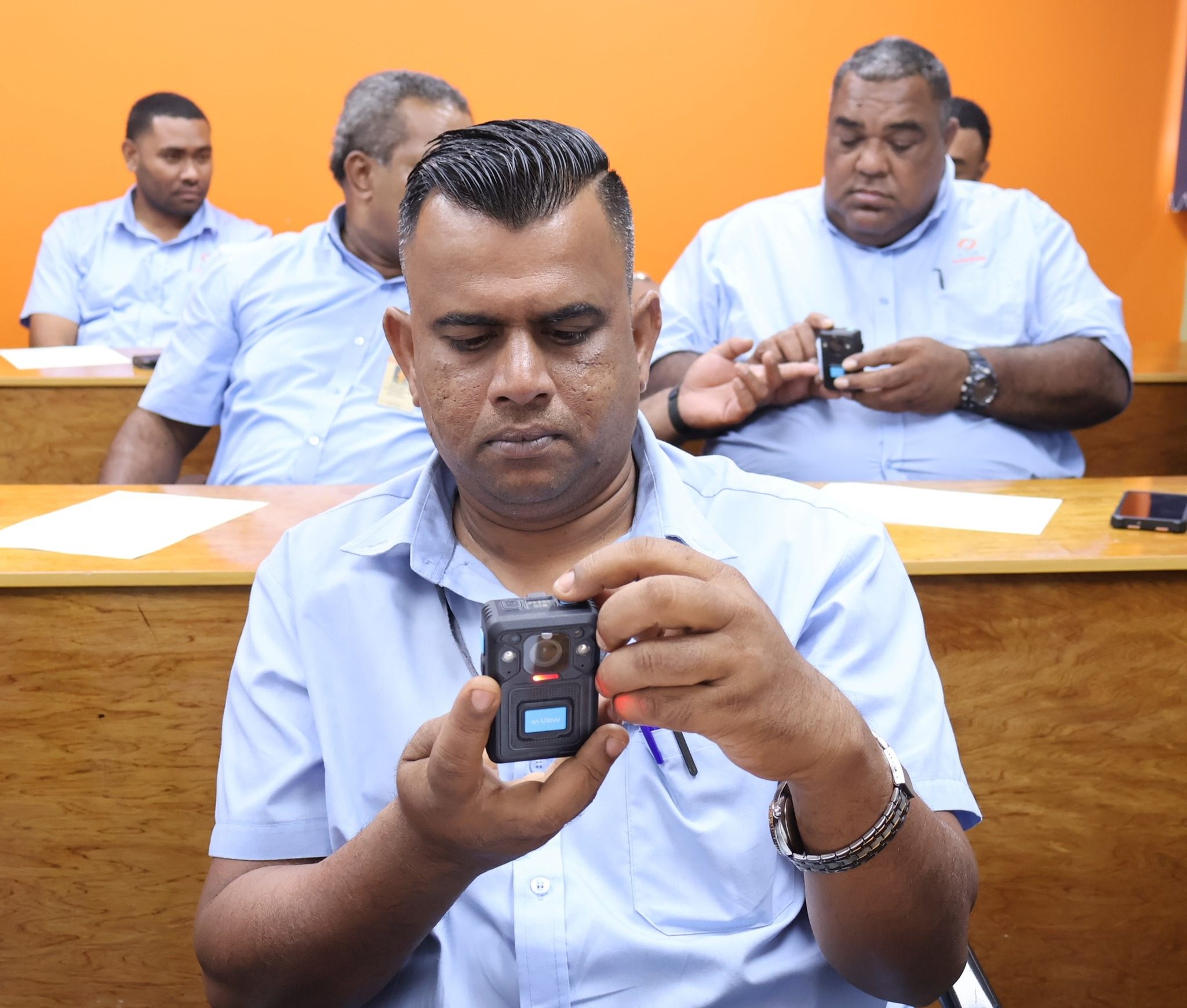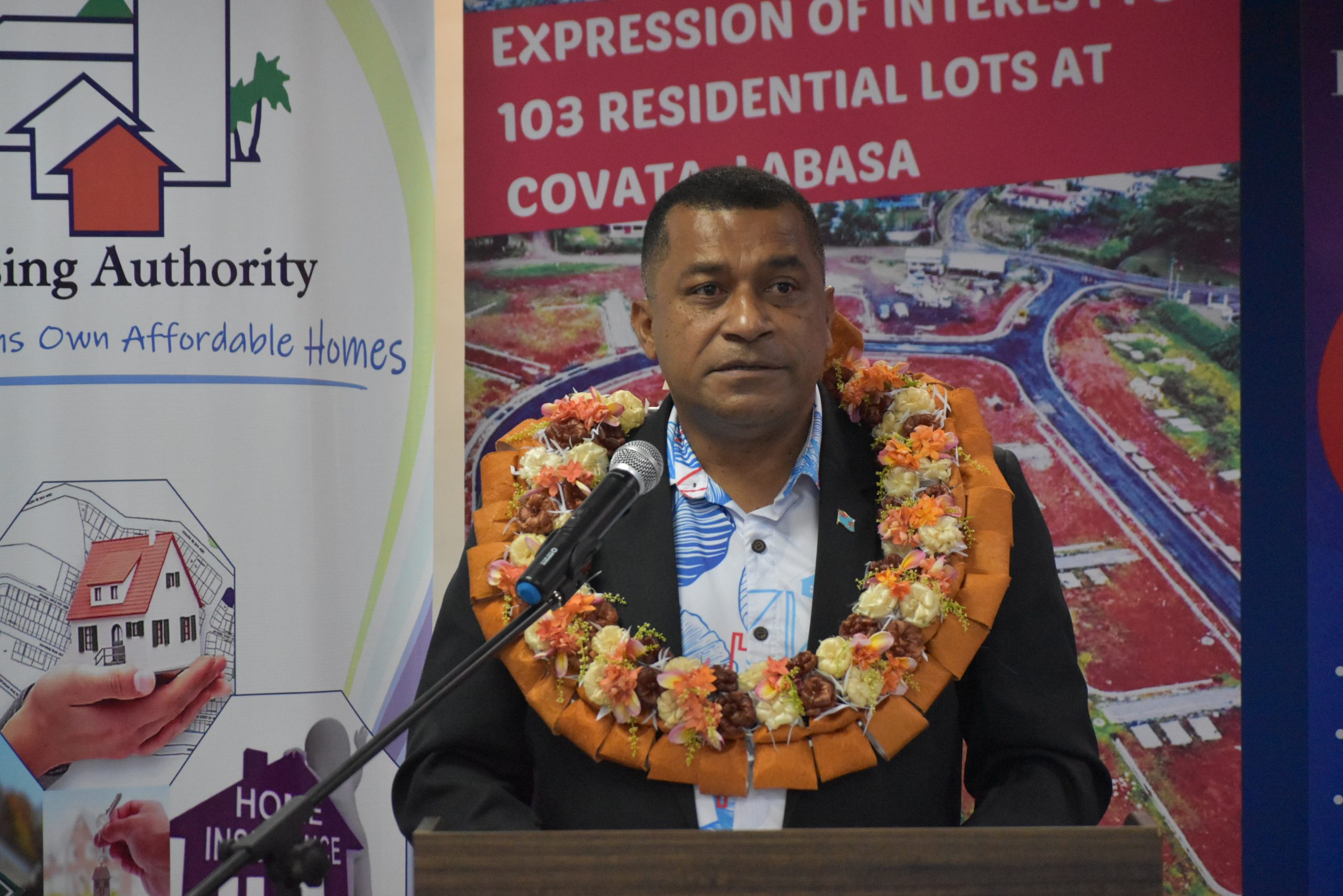He had just turned 21 and promising welterweight amateur boxer Ray Galoa had six wins in seven fights in a single season, according to an article published by The Fiji Times on August 2, 1982.
With boxing running in his blood, Ray had started his own Navatu Boxing Club with boys from the Kinoya area, and he was sure of a place in the Fiji team to the Commonwealth Games.
His scalping record included 1979 South Pacific Games trialists Joseva Nakui and Viliame Lesu.
Another senior amateur boxer Galoa had beaten the previous year was Balawabilo, a hard-hitting and experienced fighter.
Ray’s only loss that year was against New Caledonian international and amateur champ Sivi Tuatane.
After pounding out a clear point lead against the New Caledonian, Ray and his camp, including tour manager Inoke Qarau, was astounded at the local referee’s decision to give Tuatane the fight.
This “unfair” action and other distinctly biased manoeuvrings by the New Caledonian officials had sparked a violent reaction from manager Qarau, which landed him in a New Caledonian jail.
The promising Galoa was vying for a place in the Fiji boxing team for the Commonwealth Games in September.
“I see no boxer in my division right now who’ll stop me from going to Brisbane,” the confident welterweight said.
But he admitted he might have to work harder against Atonio Tui, who had won the welterweight gold in Tahiti earlier that year, and Netani Gucake, a Canadian Golden Glove fighter, both of whom fought out of the Salvation Army Club and were included in the series of trials to pick the team for Brisbane.
Asked how he started fighting, Galoa said he took up the art as a form of self-defence.
“People recognised my potential, and soon my friends persuaded me to take up boxing competitively,” he said.
Boxing ran in his family
Galoa’s uncle was Semi Galoa, considered one of the most scientific boxers of the early 1950s period.
This was the same boxer who, having won all his fights by knocking out big names such as Inoke Davu, Atunaisa Camaibau, and other excellent fighters of that era, was tragically killed in the ring after being KO’d by Tom Hini in 1956 at the age of 23.
Galoa’s father, Lorima Cokanasiga (Semi Galoa’s elder brother), was a promising light heavyweight who had fought three championship fights for the light-heavyweight belt against Simeli Radrodro, drawing one encounter and losing twice, once on disqualification, during the mid ’40s.
When he started taking boxing seriously, Galoa was training at Charman’s Club in Suva, but had found he had very few sparring partners.
“So, I called a few boys together at Kinoya, and we formed a boxing club.”
That’s how the Navatu Boxing Club was formed.
Galoa was looking forward to his first 1982 win the next night, in a fight that was crucial to his chances for the coming Commonwealth Games.
One boxing fan had rated him as a prospective medal winner for the South Pacific Games but could not be sure of his chances against other top-class fighters in other Commonwealth countries.
“Ray is very tough, hits strongly, and has a good style,” the article had said.
But he was entering this series of trials as a kind of preparation for his coming Games encounters where he looked forward to winning medals.


